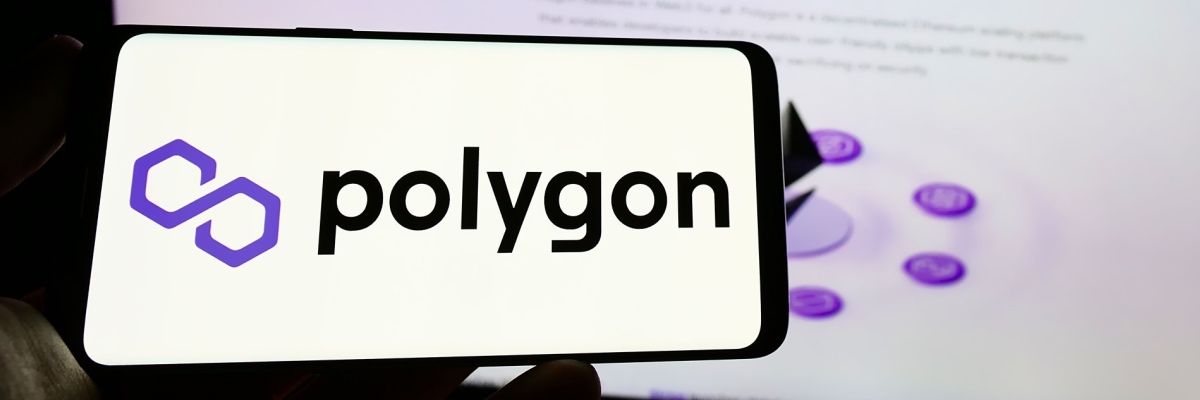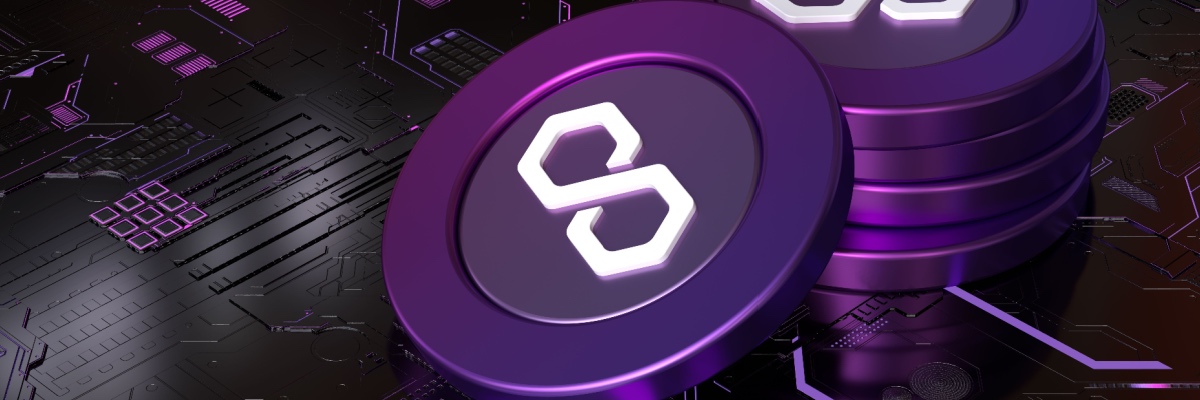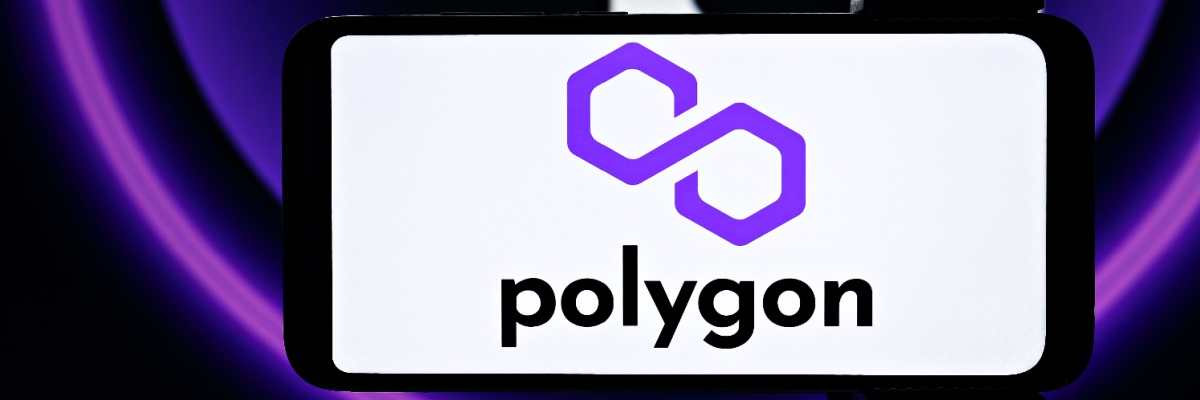
Iolite Vol.17
January 2026 issueReleased on 2025/11/29Interview with Andrea Baglioni, Head of Capital, Solana Foundation, Iolite FACE Vol. 17 PHOTO & INTERVIEW: Hiroaki Miyata Features: "How to Attend International Conferences" and "Predicting 2026: A Map of the Future of Crypto Assets at a Crossroads" Crypto Journey: "From FASTNAIL to a DAT Company: Convano's Financial Strategy for Holding 21,000 BTC" Interview with Taiyo Azuma, Director of Convano Inc. Series: "An Expert's Perspective on the Fluctuating Crypto Asset Market" by Kasou Nishi Series: Tech and Future by Toshinao Sasaki, etc.









